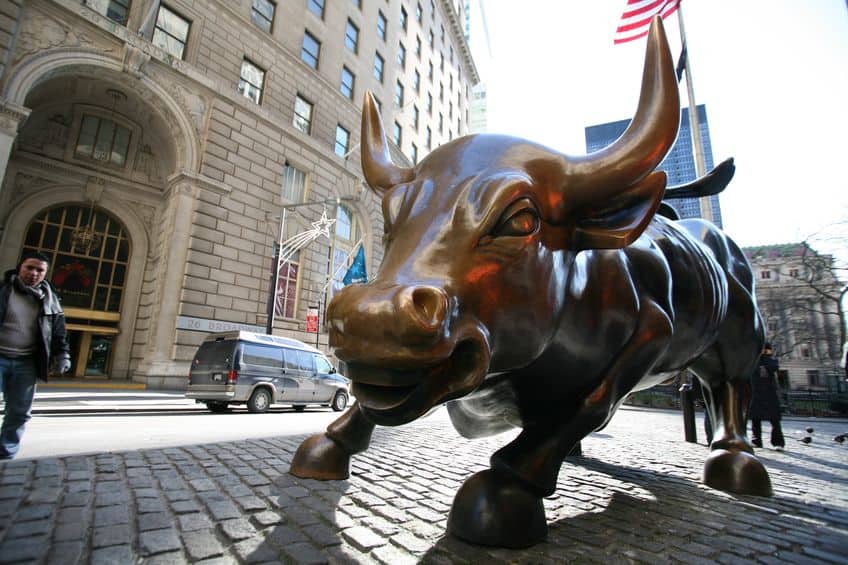The S&P 500 index is down -22.44% YTD to the despair of many stock market investors. However, the narrative among stock market bulls is that playing the stock market is a long-term game.
It means that drawdowns, corrections, and bear markets, are part of the game. Hence, all perma bulls look for one thing and one thing only – to buy the dip.
Are you looking for fast-news, hot-tips and market analysis? Sign-up for the Invezz newsletter, today.
But there is a problem with buying the dip. That is, everyone wants to buy the dip until the market dips, and everyone is scared to do so.
Also, buying the dip without liquidating some of your positions requires new capital. That’s tricky in times of rising interest rates and a stubbornly bearish market.
Another problem arises from the way the US investor acts. Few have positions that are not leveraged.
More precisely, few use cash only to buy stocks. Instead, the vast majority borrow funds from their brokerage house to buy stocks on margin.
But when the market declines, even by less than -22.44% as it did YTD, those margin calls must be met with new capital, or the broker sells the stocks. Yet, to meet margin calls, the investor needs to put more cash as collateral. Hence, no cash is available to buy the dip when the dip eventually comes.
This narrative means that stocks will never bounce back from any correction or bear market. Yet, they do so very often.
But how to know if most are still invested in the stock market?
One way to do so is to look at the worth of puts vs. calls to open.
First time in history when puts are three times calls
A call option gives the holder the right, but not the obligation, to buy the underlying asset at expiration. A put option works oppositely – it provides the holder the right, but not the obligation, to sell the underlying asset at expiration.
Hence, the buyer of a put bets on a declining market, whereas the buyer of a call on a rising market. Naturally, the underlying asset, in this case, is the S&P 500 index.

Last week, retail traders pushed the put-to-call buying to open to record levels. $19.9 billion worth of puts exceeded three times the worth of calls.
So let us think for a bit about what this means. Is everyone bearish?
No.
Options are primarily used as a protection against downside risk. As part of the derivative market, options are a cheaper way to hedge a portfolio in case something goes wrong. They work, if you want, as insurance.
Therefore, the record ratio mentioned above tells us that the vast majority of investors are still long and use the puts as protection. If the options expire worthlessly, it means that the stock market rose, and the stock market gains would compensate for the losses on the price of the put options.
Copy expert traders easily with eToro. Invest in stocks like Tesla & Apple. Instantly trade ETFs like FTSE 100 & S&P 500. Sign-up in minutes.
10/10
68% of retail CFD accounts lose money
[ad_2]
Image and article originally from invezz.com. Read the original article here.

